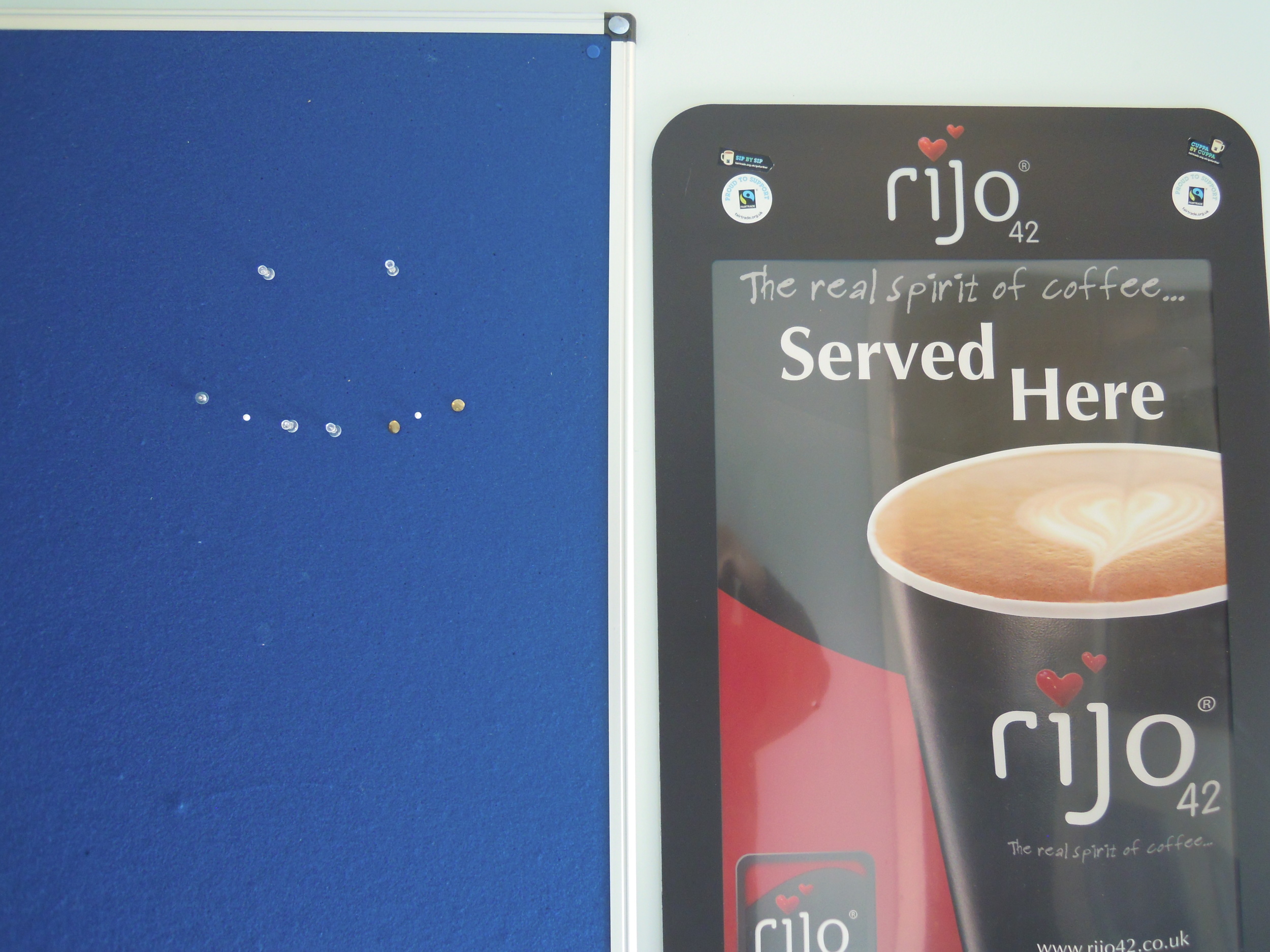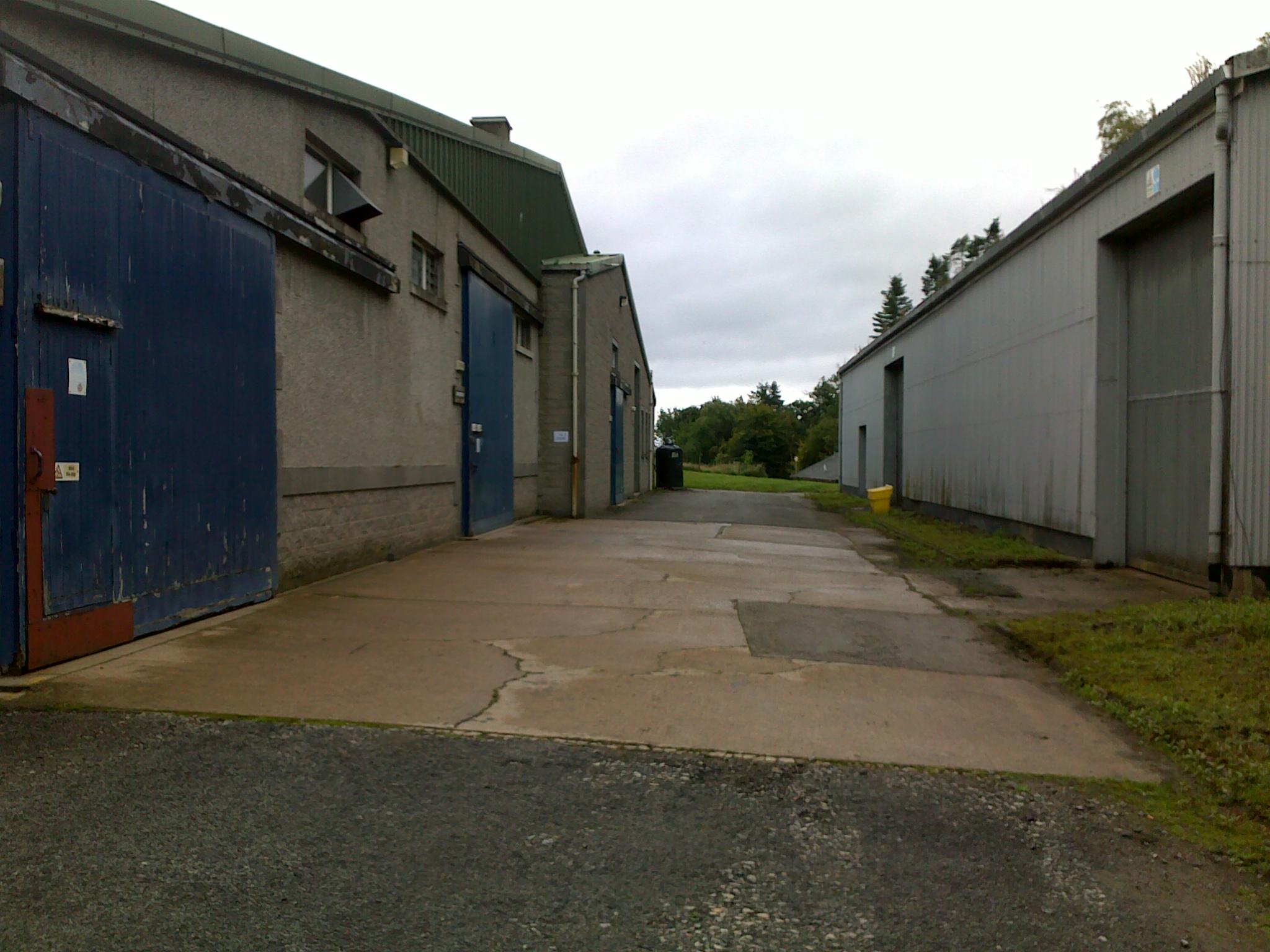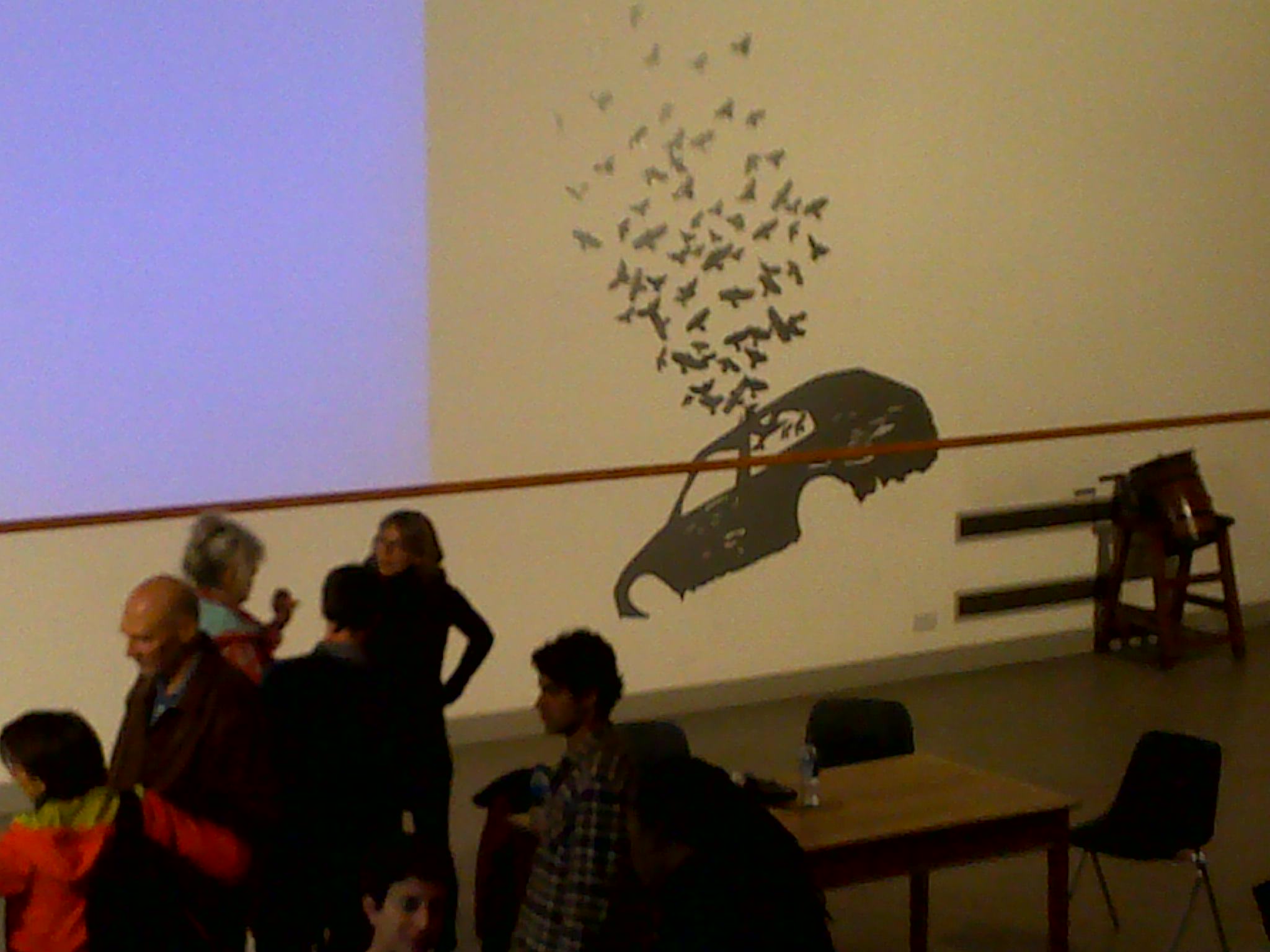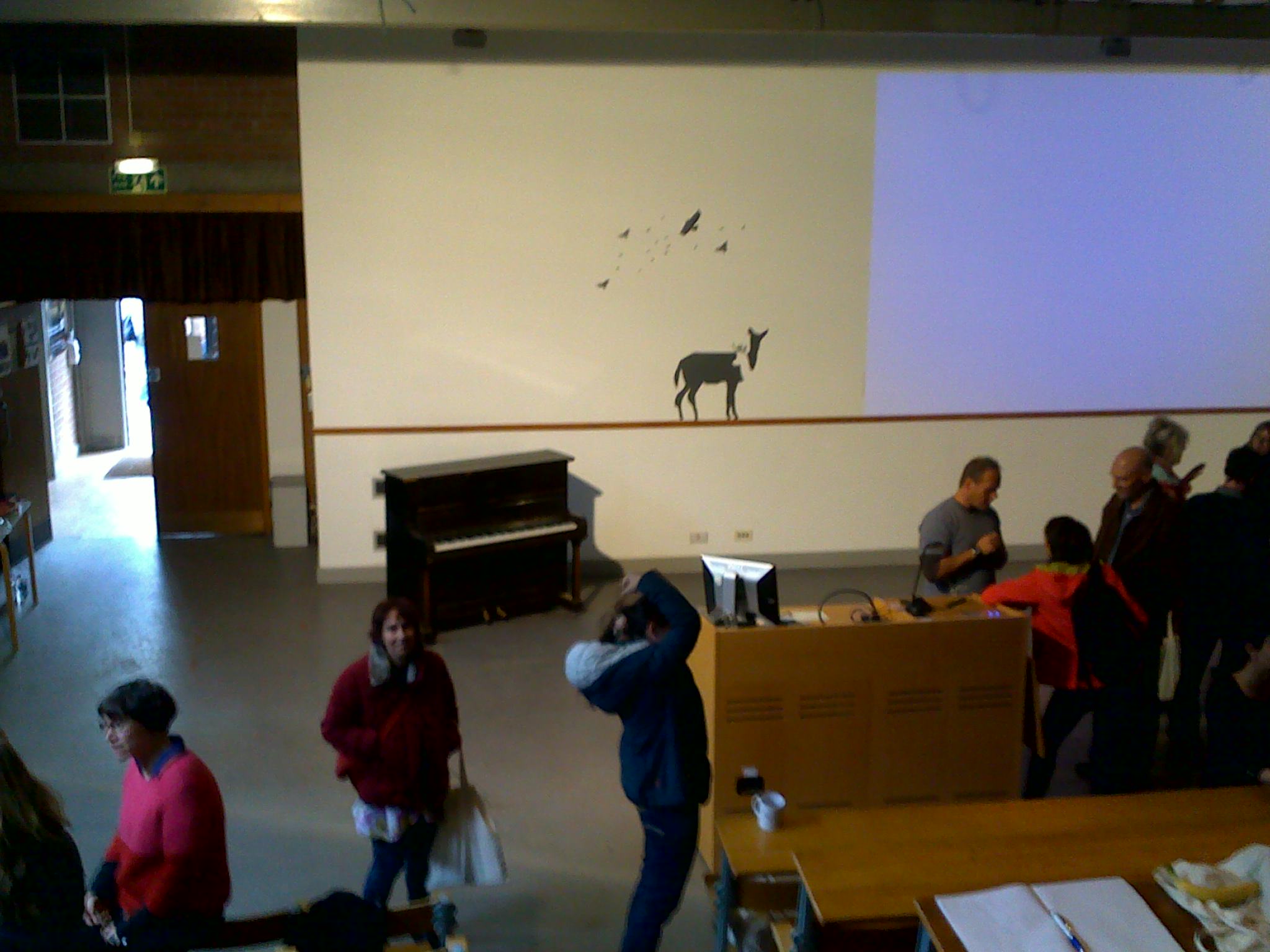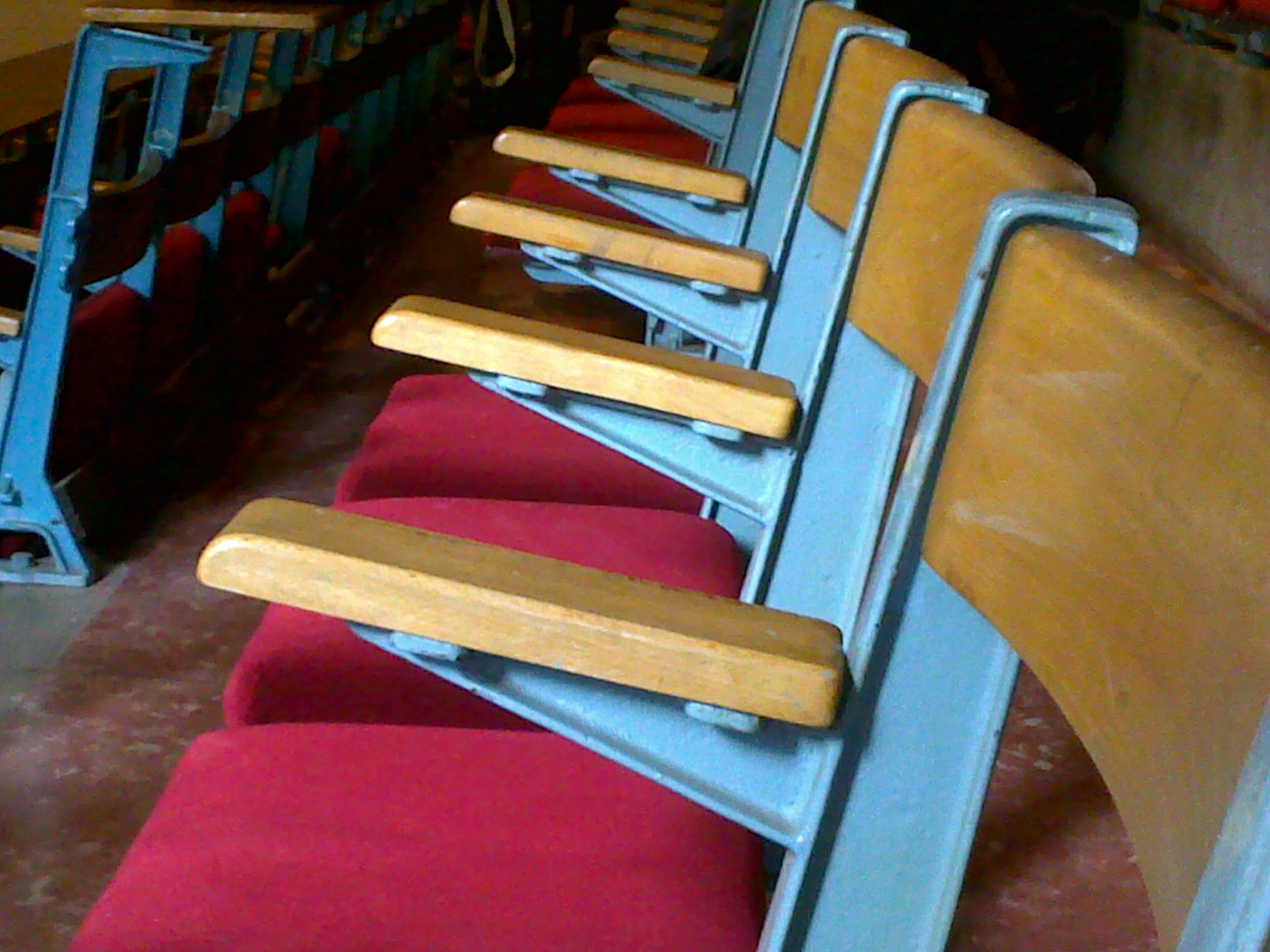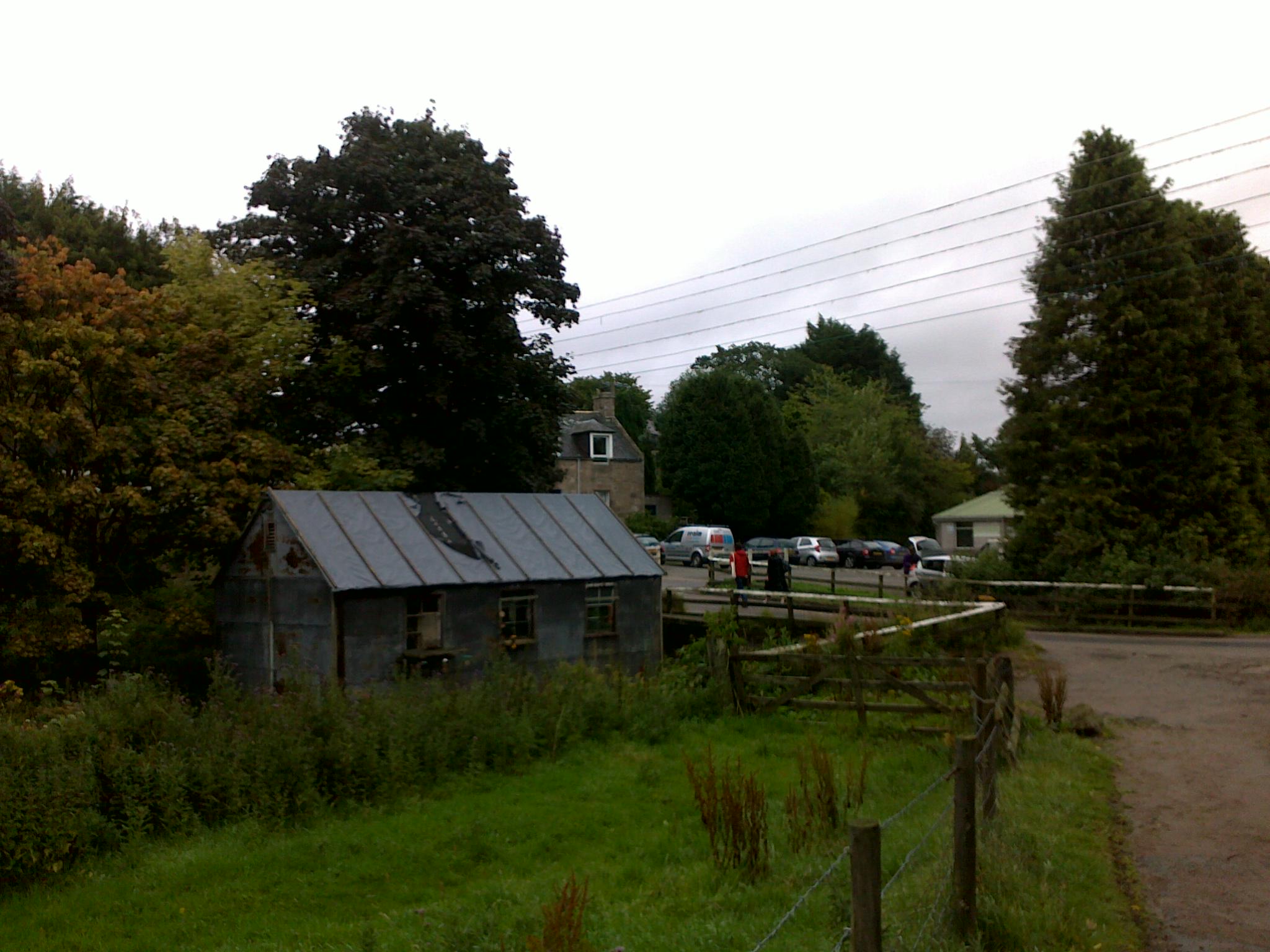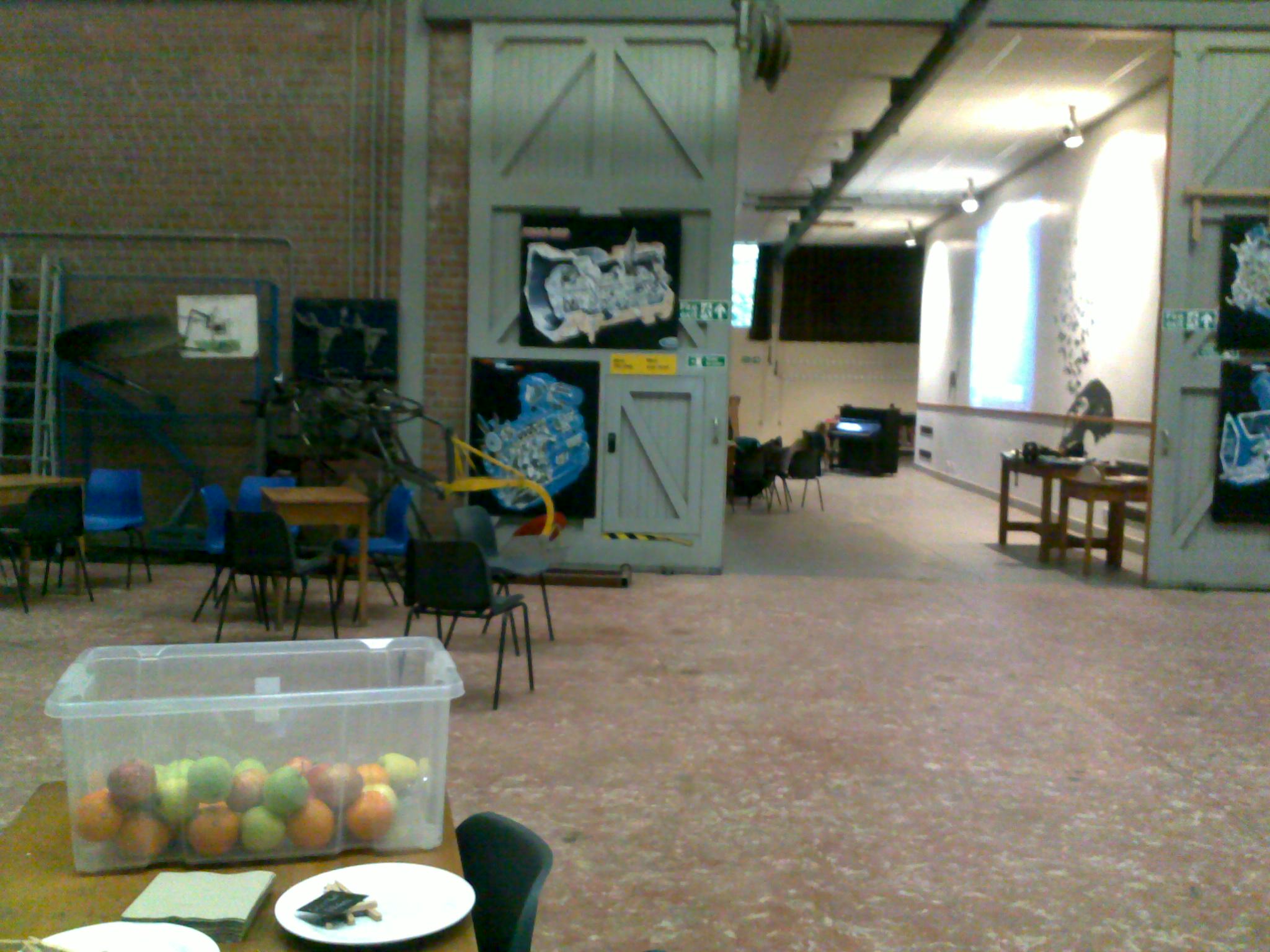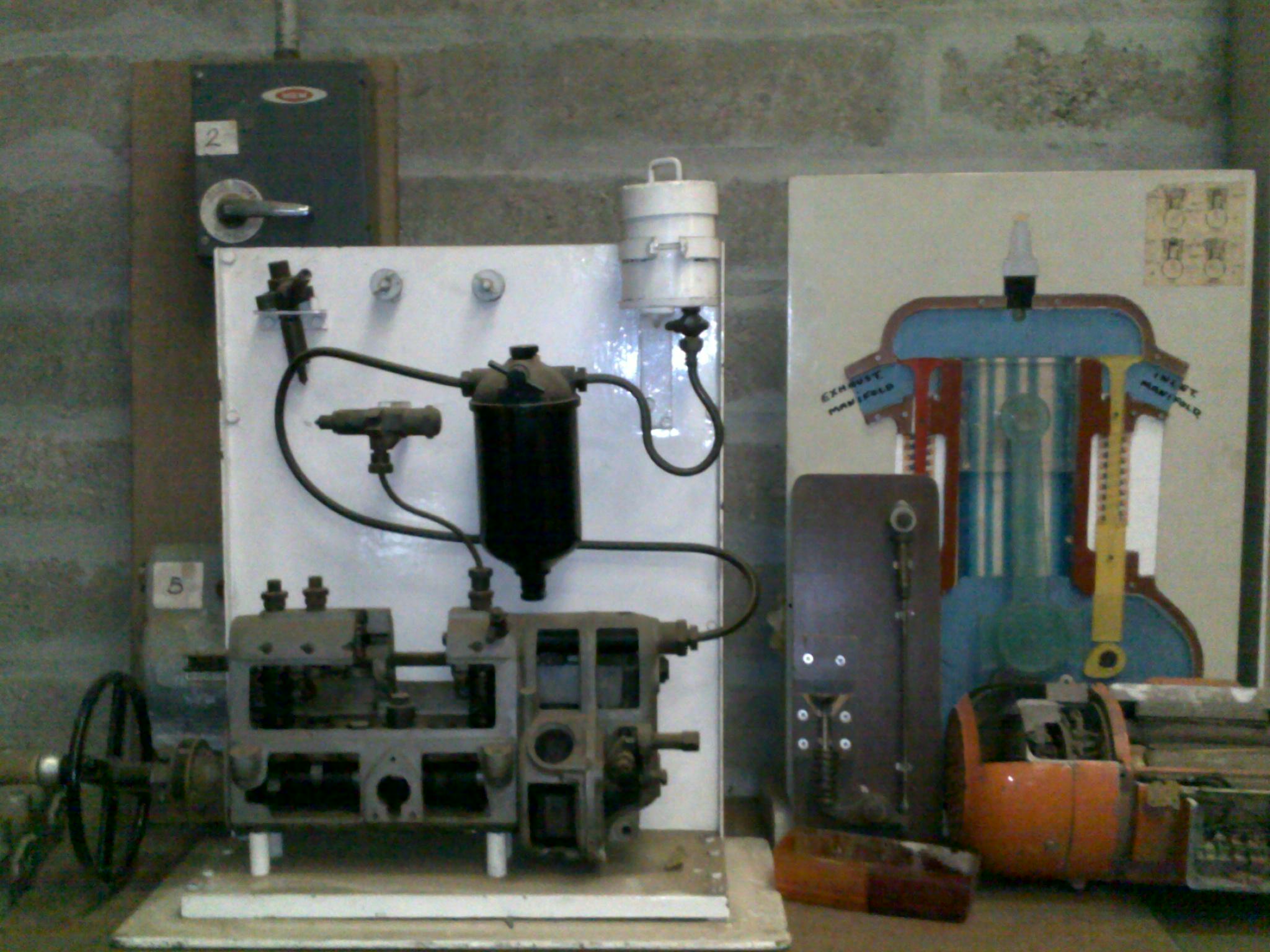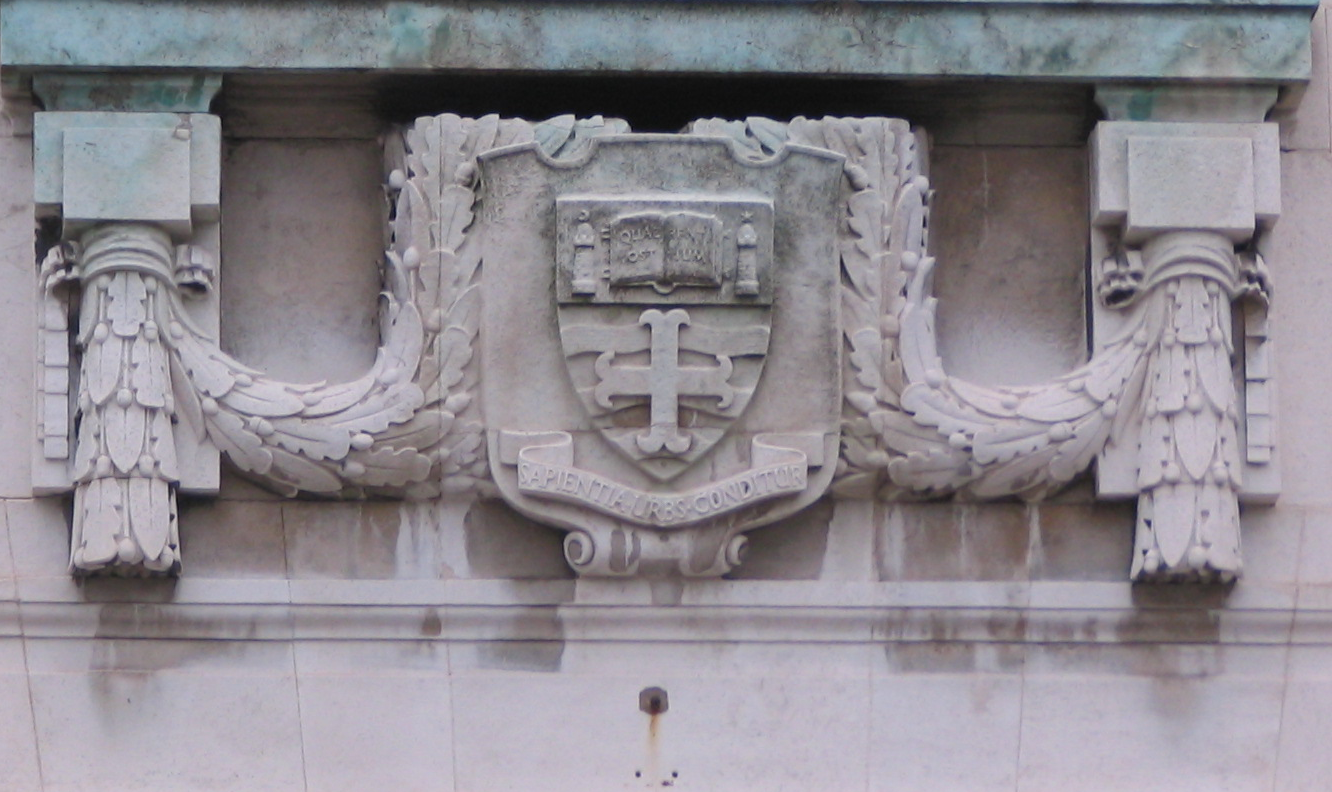by Lieve Orye.
'Ethnography and theology': an issue of hospitality and correspondence
Within theology a lot of reflection is happening right now on how to make it relevant to 'the people in the pews', to ongoing concrete realities, especially those of woundedness and suffering. The 'how' of theology is under discussion and its speculative and abstract nature is being questioned. Ethnography is a keyword in these discussions that often, though not always, draws the attention to the discipline of anthropology. But ethnography is not simply a method to be borrowed or to be imported as a black box, a finished product from a neighboring discipline. It is one of the most discussed issues within anthropology and signs are getting stronger and stronger that theologians take up these debates, giving their own particular input and wielding their own particular tools.
One's relation to the other, or the more particular case of one's relation as researcher to the other as the subject of research appears in these discussions as a prime site where theologians and anthropologists can discuss being human in relationship in a self-engaged manner. Theologically, 'hospitality' is one concept put forward to reflect upon this relationship. Chris Scharen has emphasized the importance of the researcher's deep hospitality towards the other, the importance of attentiveness and of hearing the other into presence. More recently, at the annual Ecclesiology and Ethnography conference in Durham, Todd Whitmore asked his audience to start paying attention to the hospitality given by the research subjects, for research isn't possible without their willingness to open up. We as researchers are the stranger. We come from another place to figure them out in their place but easily forget or remain blind for the fact that they are trying to figure us out as well. As Whitmore said, 'their practice of hospitality places us in their debt'.
Of course, it is not an either/or matter. If a relationship succeeds work has been done on both sides and hospitality is a good concept to think with both about oneself as researcher and about the other as the one one learns from. To consider oneself as the stranger on another's turf and to recognize the work done by them in the relationship allows one, as Whitmore emphasized, to participate humbly, with patience, sitting with people, going beyond relations of control, learning to see, in theological terms, what God is doing, what the other is doing, and join in. Maybe being hospitable is, to put it in anthropologist Tim Ingold's terms, being squishy rather than hard.
Let us compare a hard object - say a ball - with a squishy one. The first, when it comes up against other things in the world, can have an impact. It can hit them, or even break them. In the hard sciences, every hit is a datum; if you accumulate enough data, you may achieve a breakthrough. The surface of the world has yielded under the impact of your incessant blows, and having done so, yields up some of its secrets. The squishy ball, by contrast, bends and deforms when it encounters other things, taking into itself some of their characteristics while they, in turn, bend to its pressure in accordance with their own inclinations and dispositions. The ball responds to things as they respond to it. Or in a word, it enters with things into a relation of correspondence. In their practices of participant observation - of joining with the people among whom they work and learning from them - anthropologists become correspondents. They take into themselves something of their hosts' way of moving, feeling and thinking, their practical skills and modes of attention. So too, my father corresponded with the fungi as he drew their forms under the microscope. His hand, along with the pen it held, was drawn into their formative processes, and as he drew the forms re-emerged on the surface of the board. Correspondence, whether with people or with other things, is a labour of love, of giving back what we owe to the human and non-human beings with which and with whom we share our world, for our own existence and formation.[1]
'Ethnography and theology': a special issue and a call for papers
A special issue of Religions (ISSN 2077-1444) will be dedicated to this topic of ethnography and theology. Its deadline for manuscript submissions is 31 March 2017. Its Guest editor is Dr. Todd D. Whitmore, theologian at the University of Notre Dame.
Dear Colleagues,
The disciplines of anthropology and theology have long been at loggerheads. The clash between anthropologists and Christian missionaries in the field, long-held assumptions in the discipline of anthropology in investigating the cultures of religious others, theology’s reactive stance towards perceived encroachment in its domain of the human, and institutionally-structured disciplinary defensiveness have all played a role in this impasse. In the past decade or so, there have been openings on both sides of the divide. To date, most of the conversations have been between specifically Christian theology and anthropology. The aim of the present Special Issue of Religions is to build on those conversations and to extend them to the Abrahamic religions of Islam and Judaism as well with these and other questions: What can ethnography—a grounded method of investigation—contribute to theology, which, in the academic setting, is primarily speculative and abstract? Can, in turn, theological interpretations and understandings of particular events and cosmology broaden the hermeneutical repertoire of the discipline of anthropology? Should there be experiments in moving even further than disciplinary rapprochement and interdisciplinary borrowing (as difficult as these are) to genres that mix the disciplines? If so, what might an anthropological theology or a theological ethnography look like? And what are the liabilities of such mixed genres?
Dr. Todd D. Whitmore
Guest Editor
More information about this call for papers can be found at the 'Religions' webpage.
[1] Ingold, Tim (2016), 'From Science to Art and Back Again: The Pendulum of an Anthropologist', Anuac. 5(1), 5-23.








